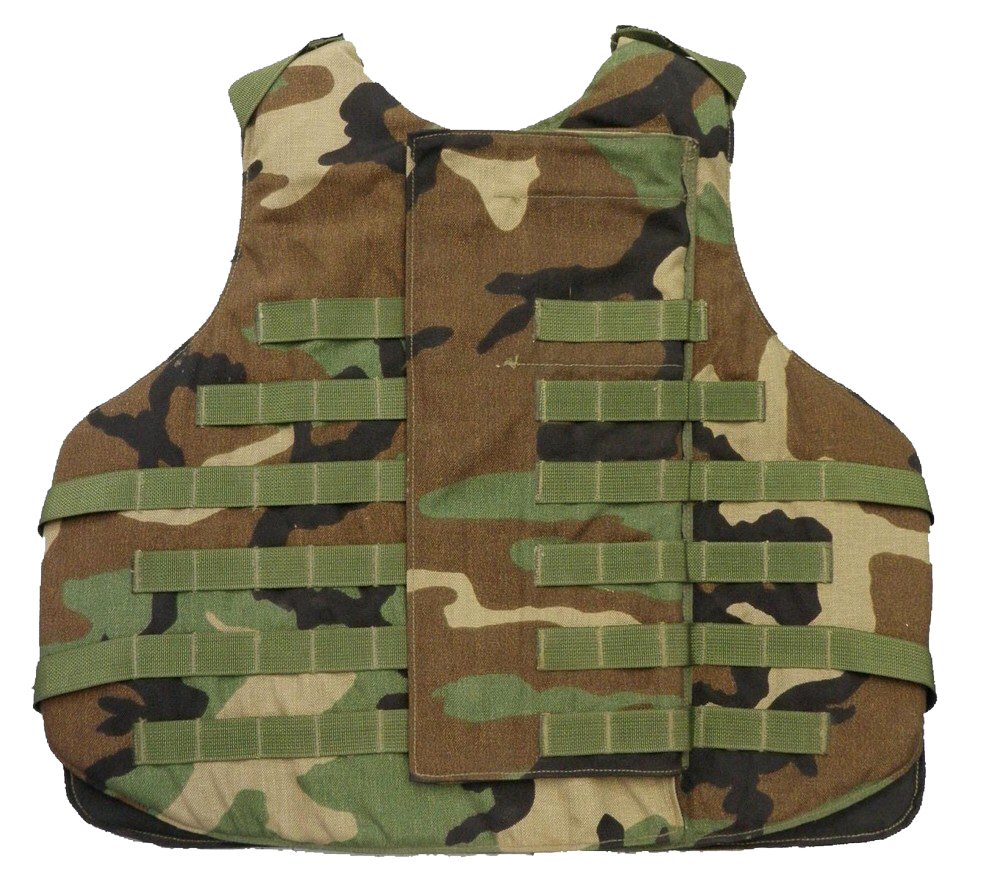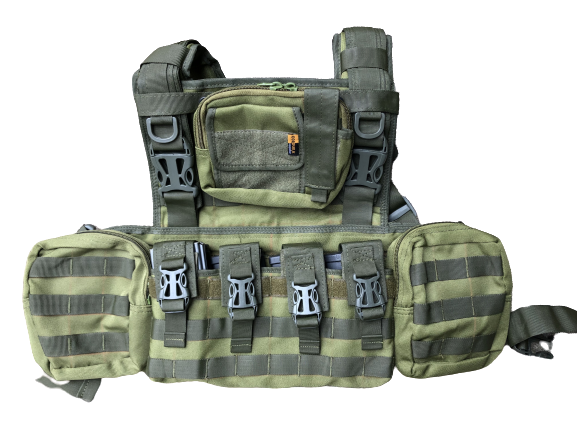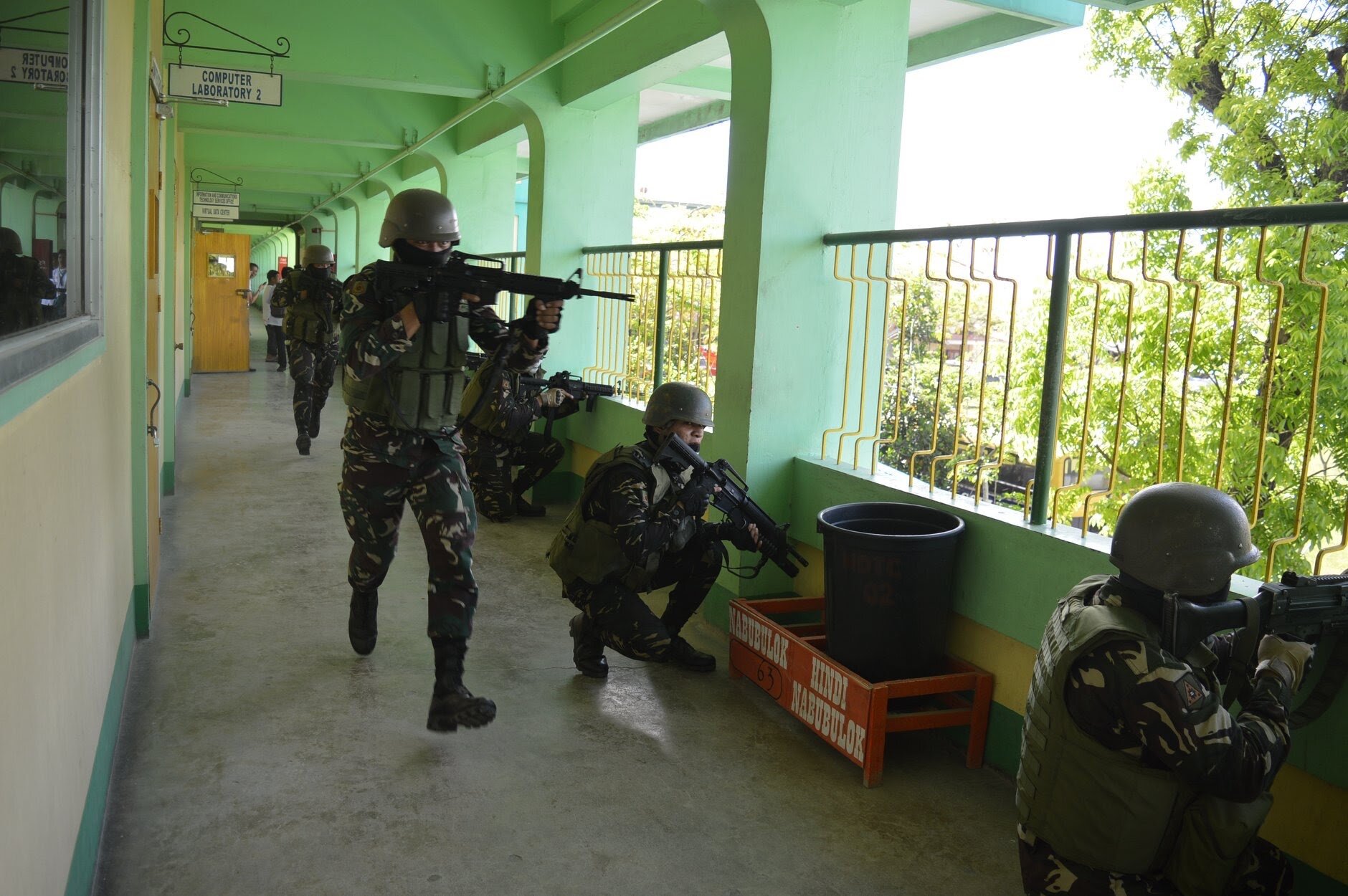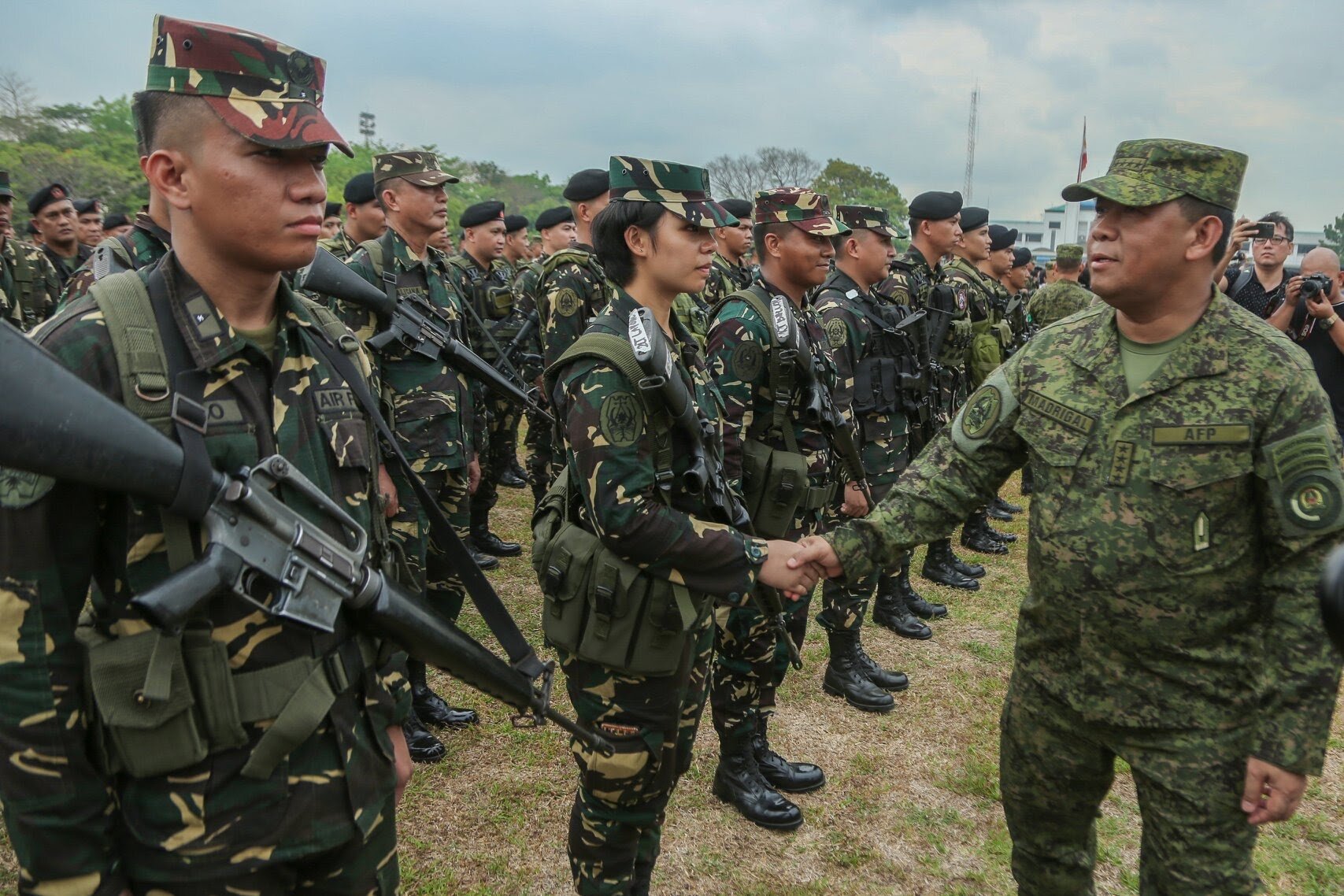Foreword to AFP Army Infantry Gear
The history of the Philippine fighting arts and armed fighting units in the pre-Spanish period when barangays, or communities, had warriors (called timawas) which transported their warriors on caracoas, large warships that was used for transport to fight other factions. Each barangay was headed by a datu, or chief. During the colonial era, Spanish military units had mixed Spanish soldiers and conscripted Filipinos.
A secret society called the Katipunan battled the Spaniards and was formed in 1892, with members numbering several thousand in 1896. In 1897, the Katipunan was replaced by a more formal revolutionary army. With the Treaty of Paris signed, the ownership of the Philippines was transferred off to the United States. Brief fighting began with Filipino and American forces. Against overwhelming odds, the Filipinos surrendered and their forces were integrated to the US Military.
Then the National Defense Act of 1935 officially established the AFP (Armed Forces of the Philippines) as we know it today.
In 1941, all Philippine military units were officially integrated and made part of the US military. The unit was called the United States Armed Forces of the Far East (USAFFE) and its commander was General Douglas MacArthur.
Due to the close historical ties with the United States, the AFP shows heavy influence from the US military. Its rank system, tactical structure, equipment and other nuances mirror that of the US armed forces.
While the Philippine Armed Forces do have domestic manufacturers and suppliers for military equipment, such as for load bearing equipment and rifles, the local industry and sources are not capable enough to fully equip them. Therefore, donated or offloaded surplus US Military gear is commonly used, along with equipment purchased from overseas suppliers such as Israel, India, South Korea, China, Russia, and many others.
Due to the kaleidoscopic variation of Philippine military equipment, particularly within the Army, equipment crossovers can exist between Regular Infantry and Special Forces units. For example, both Special Forces units and regular army units may use PASGT helmets or the same type of locally produced plate carriers.
To join the General Interest group on Facebook, click Here
AFP CAMOUFLAGE
AFP DPM
The Philippine Army and Air Force have been utilizing a copy of British DPM[1] since the early 1990s and has been the mainstay camouflage pattern for both branches ever since. Patrol caps, boonie hats, load bearing equipment, helmet covers, armor vests, and rucksacks are produced in this pattern.
PHILARPAT
A variant of HyperStealth Industries’ CAMOPAT offering was recently introduced in August 2016 that will gradually replace the dated DPM uniforms of the Army. This green variant, known as PHILARPAT, had its colors specifically chosen for the Philippines’ natural heavy jungle vegetation environment.
Much like DPM, patrol caps, boonie hats, helmet covers, plate carriers, chest rigs, and a copy of Rocky S2V boots called Kubar boots utilize this pattern.
AFP Helmets
PASGT Helmet
Part of the Personal Armor System for Ground Troops, which was comprised of a helmet and vest unit issued to US troops starting around the early 1980s. Surplus helmets are abundant among Philippine military stock. The AFP and other foreign military units can be seen using the same helmet today. At times, a DPM helmet cover will be used with the helmet and special forces units will use a light green helmet cover more often.
ACH/MICH Helmets
These helmets, occasionally worn by infantry units, are either donated/loaned from the US as surplus or are privately purchased. Just like its PASGT counterparts, these helmets are used in conjunction with infrared strobe lights and night vision devices. These are more commonplace in regular infantry units with higher ranking officers who can easily purchase their own equipment, or better funded special forces units.
AFP Combat Gear
AFP troops receive their gear through an equipment budget given by their CO, or are privately purchased. AFP LBEs and Interceptor vests are often standard issue and given to recruits.
Issued LBE
The standard load bearing equipment of the Philippine Army’s infantry troops. These LBVs as well as Ephod patterned vests in DPM are standard issue and utilized by infantrymen if they are not issued new gear or have not privately purchased their own gear.
The Armed Forces of the Philippines emblem is molded on the belt buckles of these rigs, and for the OD LBVs, the words “AFP” are stamped on the flap of the general purpose buttpack. The owner of this rig bought it from a storekeeper who covered the AFP stamp, so as to not be suspected of selling AFP equipment loosely.
Issued LBE in DPM
MKU Body Armor
India’s MKU was given small batches of contracts to export body armor to the Philippine Army. Infantrymen have been seen with the OD green variant, and worn by President Duterte during his visit to Marawi while Marawi during the siege in 2017.
Interceptor Body Armor
These armor vests are either donated by the US Department or Defense, or ordered through procurement processes undertaken by the Philippine Department of Defense.
Troops will often wear the issued LBE or ALICE LBE over the vest as shown in the reference gallery below.
ALICE Load Bearing Equipment
Much like the Interceptor, many ALICE LBEs came by way of US assistance, others simply came as surplus and are privately bought by soldiers.
Locally Made Plate Carrier
Commanding officers in charge of gear acquisition for their unit will often go to marketplaces to purchase indigenous made gear for their troops. Good officers will buy their subordinates higher end gear by GearMax, Thunder Tactical or Venum who make this plate carrier, but this does not always occur. Thus soldiers will acquire their own kit using their private funds, which most opt to do in the first place.
We recommend finding a reference photo of a kit you like and searching for the approximate or the same piece of kit used by the soldier(s), as 2nd line gear is incredibly diverse for Philippine kit.
Locally Made Chest Rig
Again, the general nuances acquiring vest are the exact same for chest rigs. Competent officers will acquire high quality gear for their troops, and corrupt ones will do the opposite. Chest rigs are an equally solid choice for AFP Army kit, as the equatorial heat can sap an armor clad soldier even further and these are often chosen instead of carriers.
AFP Personal Kit
AFP DPM BDA Uniform
BDA stands for Battle Dress Attire, the cut of the uniform and the name itself reflect the American Battle Dress Uniform influence.
Philippine BDAs come in Army DPM. BDAs can also be paired with patrol caps for barracks and parade wear as shown above, or with boonie hats.
Depending on the unit, combat shirts may be allowed by the CO
Jungle Boots
Gibson’s makes the best Philippine made combat boots (shown here), however, Altama or USGI jungle boots are used and more accessible.
Rocky S2Vs are also an option for soldiers with more consummate preferences.
ALICE Rucksack
AFP Army Rucksack
AFP Infantry Reference Gallery
Co-Produced by ATP Unit, Assassins Airsoft
IG: https://www.instagram.com/atp_unit/?hl=en
Thanks to my professor James for the help!
Further Resources Links: Slide, Comprehensive Kitlist, DPM Reference Photos, PHILARPAT Reference Photos


































